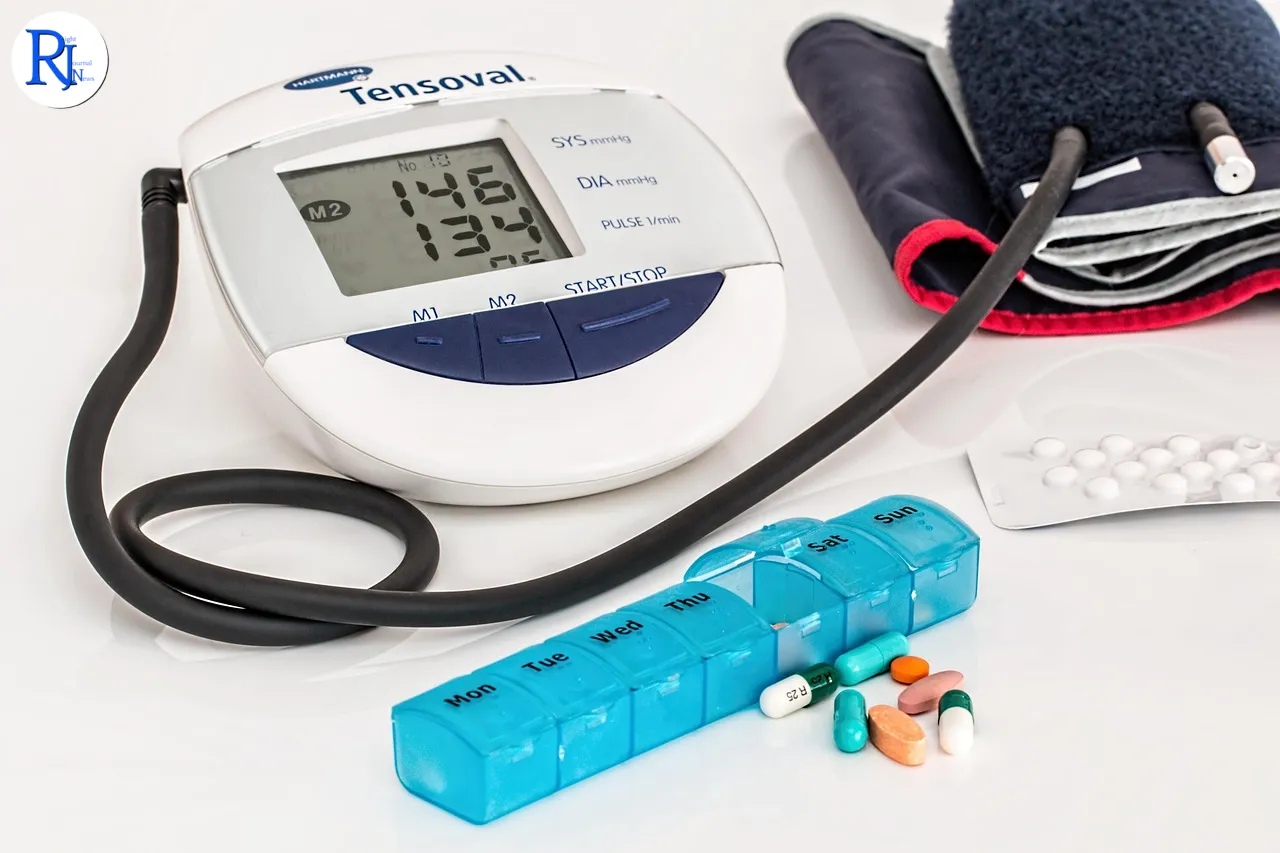Delays in diagnosing hypertension are leading to significant setbacks in starting necessary treatment, according to a recent study published in JAMA Network Open. The research highlights how these delays in diagnosis contribute to a cascade of treatment lags, potentially affecting patient health outcomes. Experts urge for improved diagnostic processes to ensure timely treatment initiation, which is crucial for managing this prevalent condition.
The study, released online on 14 July 2025, underscores the need for healthcare systems to refine their diagnostic protocols. Researchers found that patients often experience substantial delays from the first sign of high blood pressure to the formal diagnosis, which in turn delays the commencement of medication. These findings prompt a call for systemic changes in healthcare practices to address and reduce these delays.

The Study’s Findings and Implications
The research, conducted by a team of medical experts, analysed data from a diverse patient pool across multiple healthcare settings. The findings reveal that, on average, there is a significant time gap between the first elevated blood pressure reading and the actual diagnosis of hypertension. This delay subsequently leads to postponed initiation of antihypertensive medication, which is critical for managing the condition and preventing complications such as heart attacks and strokes.
Dr. Lisa Thompson, the lead author of the study, emphasised the importance of prompt diagnosis. “Our research indicates that quicker diagnostic measures could drastically improve patient outcomes,” she stated. The study suggests that healthcare providers should explore new strategies, such as automated alerts in electronic health records, to flag potential cases of hypertension earlier.
Causes Behind Diagnostic Delays
Several factors contribute to the diagnostic delays highlighted in the study. One major issue is the reliance on multiple elevated blood pressure readings over several visits before a formal diagnosis is made. This approach, while aimed at avoiding unnecessary medication, can inadvertently delay essential treatment for those with genuine hypertension.
Additionally, the study points to systemic issues within healthcare settings, such as limited appointment availability and inadequate follow-up procedures, that exacerbate these delays. Dr. Thompson noted, “Addressing these systemic barriers is crucial. Ensuring that patients have timely access to follow-up appointments and continuous monitoring could make a significant difference.”
Expert Insights on Improving Diagnosis
Medical experts and healthcare professionals are calling for improved diagnostic practices to combat these delays. Implementing more efficient use of technology, such as home blood pressure monitoring and telemedicine consultations, could play a vital role in earlier detection and management of hypertension.
Professor John Edwards, a cardiologist not involved in the study, commented on the potential for technological advancements to bridge current gaps. “By leveraging technology, we can ensure more timely interventions. This could involve using digital health tools to monitor patients more closely and provide quicker feedback to healthcare providers.”
The Broader Impact of Timely Treatment
Timely diagnosis and treatment of hypertension are critical not only for individual patient health but also for public health systems. Hypertension is a leading risk factor for cardiovascular diseases, and its effective management can significantly reduce the burden on healthcare systems.
The study’s findings suggest that reducing diagnostic delays could lead to better patient adherence to treatment regimens and improved health outcomes. This, in turn, could reduce hospital admissions related to hypertension complications, easing the strain on healthcare resources.
Looking Forward: Systemic Changes Needed
The implications of the study are clear: the healthcare system must adapt to ensure quicker diagnosis and treatment of hypertension. This could involve policy changes, increased funding for primary care, and training for healthcare professionals to recognise and act on early signs of hypertension more swiftly.
As the prevalence of hypertension continues to rise globally, addressing these diagnostic challenges becomes increasingly urgent. The study serves as a wake-up call for healthcare providers and policymakers alike to prioritise timely hypertension management as a key public health goal.
In summary, the study published in JAMA Network Open sheds light on the critical need for faster hypertension diagnosis and its subsequent impact on treatment initiation. With the potential to improve patient outcomes and reduce healthcare burdens, the call for systemic changes in diagnostic practices is both timely and essential.

